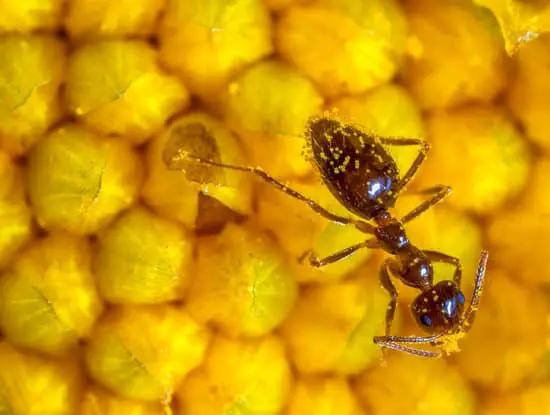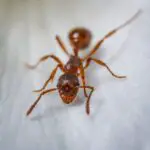How Do Ants Go Through Metamorphosis?
During the ant life cycle, there are four distinct stages that ants undergo. These include egg, larva, pupal and adult. These four stages are part of the complete metamorphosis.
During the larval stage, ants are translucent. These insects are long and look like worms. These larvae eat a constant supply of food and grow rapidly. They undergo periodic moulting. They lose skin several times during the development process.
After a period of growth spurt, the larvae rest. Some ants spin cocoons to protect themselves. Other species of ants remain in the open to pupate. The pupal stage lasts for nine to 30 days. The pupae are whitish and waxy on the outside. As they mature, they darken.
In the adult stage, ants are fully grown. They have wings that allow them to fly. They have large, sharp jaws on the front of their head. They rely on worker ants to provide food and protection. Some species of ants even become queens.
Ants are hard workers. They are dedicated to protecting their home and feeding the population. They live in well-organized societies. They also have clear hierarchical structures. Ants are extremely codependent on the queen. The queen is responsible for egg laying and controlling the sex of the offspring.
Female ants develop from fertilized eggs. The eggs are oval in shape and translucent. Some ants are also known to have multiple queens. All ants in a colony are offspring of the queen.








